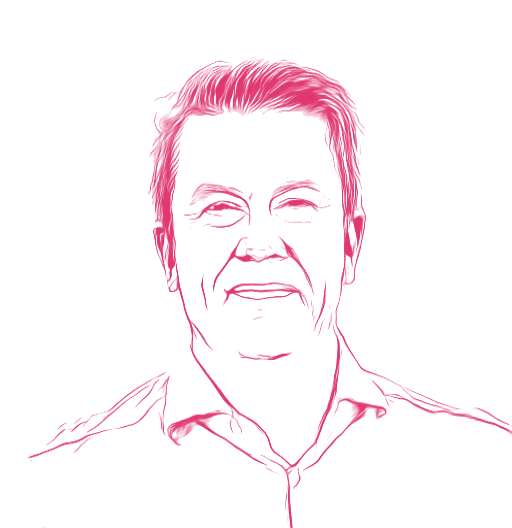Giving legacy systems a new life with two-way middleware new tech integrations


Synopsis
Integrating new technology into legacy systems is a challenge in the hospitality industry. Middleware solutions offer opportunities to revitalize these systems and enable seamless customer experiences by bridging old and new systems. Real-time data access and integration of operational data using AI and machine learning enhance operational efficiency and drive loyalty. Cloud-managed middleware is the key to revamping legacy systems and placing customer experience at the forefront.
Problem/Challenge
In the hospitality industry, we must constantly add new layers of functionality to our existing systems to keep up with technological development and market trends. Integrating new tech in legacy systems is a particular challenge where those legacy systems were not built with multiple integrations in mind. Legacy systems are a huge investment and when integrating new tech, we have to protect that investment in a stable environment while adding new technology, sometimes even experimenting, to leverage that investment and increase ROI by creating new opportunities. To ignore the challenges is not an option – no integration means no future and the future is offering seamless experiences to your customers.
Solution
Where there are challenges, there are also opportunities so what I would like to do is shift the conversation away from simply effective, low-risk, low-cost integration to giving legacy systems a new life by employing middleware solutions that enable two-way communications among all systems, old and new. This achieves the optimal result by creating a single source of truth and Golden Profiles that normalise and clean data that then then become what I call ‘actionable’. If you really want to benefit from integrating new tech in legacy systems, you need two-way synchronization with good data, and this is done with middleware that has the capability to add new flows that previously did not exist.
Three Scenario
The trend of adding Extract, Transform, and Load (ETL) data ingestion systems. ETL solutions are low code, no code solutions to manage an integration process that combines data from multiple sources into a single data store that is loaded into a data warehouse.On the surface, these data pipelines seem like a good solution to systems integration, but they are not that great a near-real time or on-demand data access which is crucial to Multiple booking-engine integrations for instance.
They also don’t scale very well and when the data transformation phase gets heavy this limitation hinders time-to-insight, so it doesn’t facilitate the sort of seamless experiences customers expect at check-in check-out.
To make advances in operational excellence it is necessary to integrate operational data (normally legacy systems data such as PMS, CRM, CRS, and POS) but transforming that data into activation channels (such as your website, loyalty programs, email marketing, and social media) in such a way as to not only have your Golden Profile but to also have that ability to add new flows. This becomes interesting when systems have the capability to apply Machine Learning and AI to detect problems and opportunities so hoteliers can be proactive with strategies and those new flows can be automated.
Ultimately, what we want is to enable seamless experiences with middleware managed on the cloud that has the capacity to handle and manage the normalization and cleaning of big data in real-time to facilitate delivering those seamless experiences that cross the bridge between the digital and physical worlds to create the ‘wow’ experience that will exceed expectations. For example: Your guest checks in seamlessly, all systems go – he or she uses the kiosk, gets an electronic key, this is all becoming standard. Your legacy system (PMS for instance) is integrated via robust middleware, so their loyalty program is updated they get an upgrade at a discount because of their status -so far so good. When they open the door to their room the TV plays happy birthday because it is indeed their birthday but only once, so it’s a pleasant surprise and not an annoyance. The TV didn’t know it was their birthday, but the legacy system did, the new check-in tech of getting their electronic key on their phone (uniquely theirs), was a bridge, and opening the door was the action that triggers the TV to play the tune and we have a ‘wow’ experience that has delighted your guest and increases the likelihood of repeat business and cultivates loyalty.
Conclusions
Seamless experiences and new flows are the future. For the most part, the hospitality industry is behind but the opportunities are there we just need to think about system integrations in a new frame, with the guest experience at the center of actionable data ecosystems. Looking at the integration of new tech in legacy systems as an opportunity to give those systems a new life.